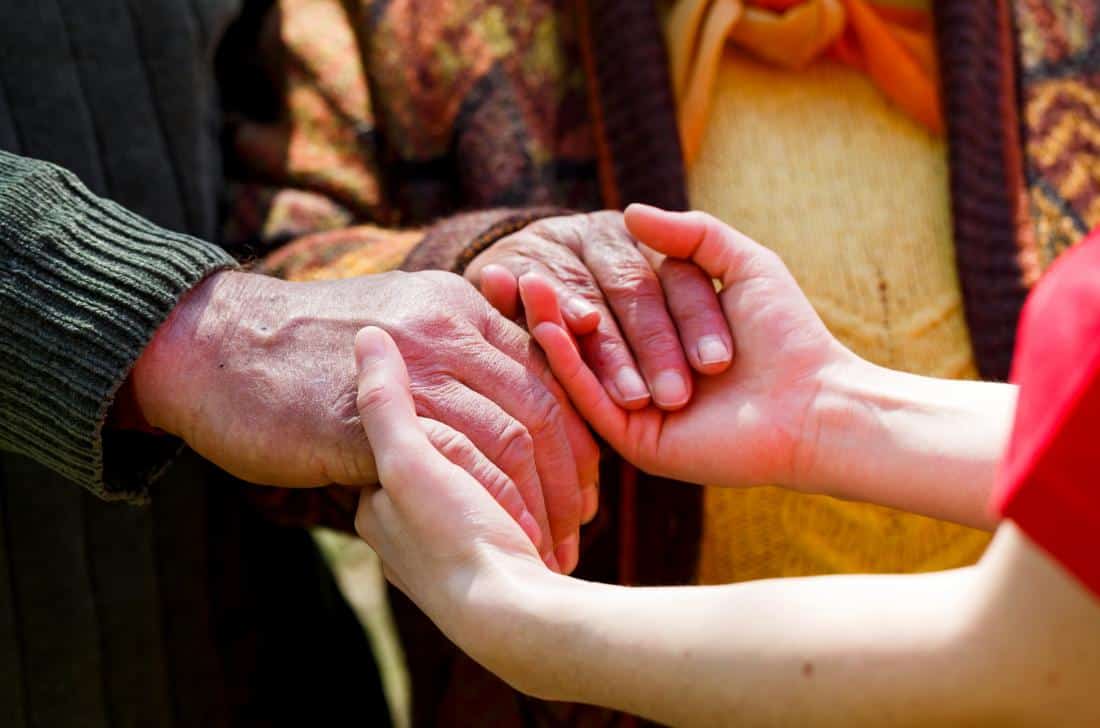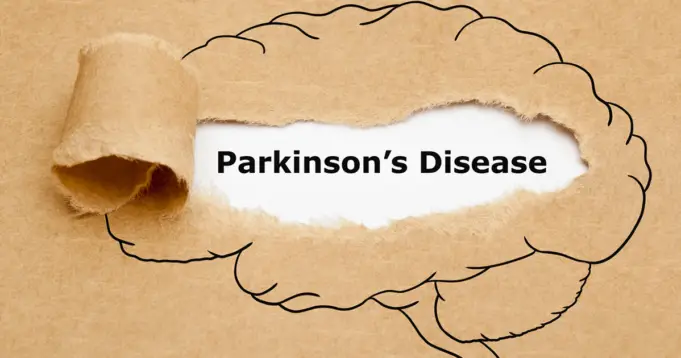Parkinson’s disease is a chronic degenerative disease of the central nervous system that affects movement. The symptoms may not be evident at first and slowly emerge.
The condition worsens over time, beginning with shakiness in the hand that can impact movement, speech, sleep, and even thoughts. Other disorders that can affect movement include ataxia, cerebral palsy, and Tourette syndrome.
Parkinson’s disease is characterized by rigidity, tremor, difficulty walking, and slowness of movement. Behavioral and cognitive problems like anxiety, depression, and apathy may also occur in people living with Parkinson’s.
Dementia and sleeping difficulties are also a common problem with people with Parkinson’s disorder. According to the National Institutes of Health (NIH), there are about 50,000 cases of Parkinson’s diagnosed each year in the United States.
Parkinson’s disease results in the death of the cells in the substantia nigra, which is in the basal ganglia. These cells are responsible for the production of melanin, a chemical that carries messages around the brain. The motor system depends on these cells for smooth function.
In people with Parkinson’s, the death of the cells in the substantia nigra reduces dopamine levels, which cannot be replaced, which in turn reduces motor function. A person with Parkinson’s may not notice initially, but the symptoms become apparent as more and more cells die.
There is no known cause of Parkinson’s disease. However, it is believed that environmental and genetic factors play a role in the development of the disease. People with a family member affected by the disorder are at an increased risk of getting the disease. Other risk factors include prior head injuries and exposure to certain pesticides.
Parkinson’s disease typically affects people who are 60 and over. Men are more prone to the condition than women. When Parkison’s is observed in people below the age of 50, it is known as early-onset Parkison’s Disease.
As of 2015, Parkinson’s affected about 6.2 million people and caused the deaths of over 117,000 people worldwide. The average life expectancy following diagnosis is between 7-15 years.
There is no cure for Parkinson’s disease. The aim of treatment is to improve symptoms using medication, rehabilitation, and sometimes surgery.
Parkinson’s disease is named after the English doctor James Parkinson. Celebrities who have been affected by the disease include Micheal J. Fox, Muhammed Ali, Alan Alda, and Davis Phinney.
Causes and Risk Factors
Parkinson’s disease is caused by the degeneration of certain nerve cells in the brain. The symptoms occur as a result of reduced dopamine caused by the death of the nerve cells. When dopamine levels are reduced, brain activity becomes abnormal, leading to impaired movement and other symptoms of the condition.
The cause of Parkinson’s disease is unknown. Several Factors that can trigger the development of the disease include:
- Genes: In rare cases, specific genetic mutations can lead to Parkinson’s. One can develop the disease if a family member has the disease. However, the chances of this happening are relatively small.
- Environmental factors: Exposure to certain substances and toxins in the environment may increase the risk of Parkinson’s.
Researchers have observed specific changes in the brains of people with PD, although it’s unclear why these changes occur. They include:
- Presence of clumps of substances known as Lewy bodies
- Presence of alpha-synuclein found inside Lewy bodies.
Other risk factors of the disease include:
- Age: The risk of Parkinson’s disease increases with age. People typically develop the disorder around the age of 60 and above. It is rare for young adults to experience the condition.
- Sex: Men are more likely to develop PD than women.
- Exposure to toxins: Continuous exposure to pesticides and herbicides may increase the risk of the disease.
Signs and Symptoms of Parkinson’s disease
Early symptoms of PD include:
- Constipation
- Changes in voice
- Anosmia (decreased ability to smell)
- Stooped posture
- Small and cramped handwriting
Initial clinical symptoms include:
- Decreased dexterity
- Tremor
- Mental retardation
- Decreased facial expression
- The decreased swinging of arms, legs, and trunk on the side involved
- Impaired sense of balance
- Sexual dysfunction
- Sweating abnormalities
- Depression and anhedonia
- Sleep disturbances
- Rapid eye movement (REM) behavior disorder
More severe symptoms include:
- Depression
- Psychosis
- Anxiety
- Hallucination
- Vivid dreams, talking, and movement during sleep
- Increased risk of melanoma, a severe type of skin cancer
- Seborrheic dermatitis
- Attention and memory problems
Diagnosis

There is no specific test used to diagnose Parkinson’s disease. Diagnosis is based on health history, physical and neurological examination, and a review of signs and symptoms.
The doctor may check for dopamine levels in the brain using a dopamine transporter (DAT). Imaging tests like MRI or CAT scan can be used to rule out other conditions.
Treatment
There is no cure for Parkinson’s disease. A combination of medication, lifestyle changes, and therapies can be used to treat the symptoms of the disorder.
A balanced diet and adequate rest are necessary to manage symptoms. Occupational therapy, physical therapy, and speech therapy can help to improve communication and self-care.
Medication that can be used to treat Parkinson’s include:
Dopamine agonists: These include bromocriptine, ropinirole, and pramipexole. Dopamine agents are capable of imitating the action of dopamine in the brain.
Levodopa: This is the most common medication for Parkinson’s and more effective than dopamine agonists. The majority of cases treated with levodopa respond well to the cases. Levodopa is administered alongside carbidopa. This delays the breakdown of levodopa, which in turn increases the availability of levodopa to the brain.
Anticholinergics: These drugs are used to block the parasympathetic nervous system. They help with rigidity. Medicines in this class include Benztropine and trihexyphenidyl.
Prevention of Parkinson’s Disease
It is not possible to prevent Parkinson’s disease. However, research has shown that certain habits may help reduce the risk of the disease.
Flavonoids: Consuming food containing flavonoids – an antioxidant – may lower the risk of developing Parkinson’s disease. Flavonoids can be found in berries, apples, some vegetables, tea, and red grapes.
Avoiding reheated cooking oils: Studies have linked toxic chemicals, called aldehydes, to Parkinson’s, Alzheimer’s, other neurodegenerative diseases, and some cancers.
Turmeric: This spice contains curcumin, an antioxidant ingredient that may help prevent the clumping of a protein involved in Parkinson’s disease.
Avoiding toxins: Exposure to chemical substances such as herbicides, pesticides, and other toxins may increase the risk of developing neurological diseases like Parkinson’s disease.
People should take precautions when using these types of products, for example, by using protective clothing.
Sources
- Parkinson’s Disease – Mayoclinic
- Parkinson Disease – Medscape
- Parkinson’s disease and its causes – MedicalNewsToday
- What is Parkinson’s Disease – WebMd












